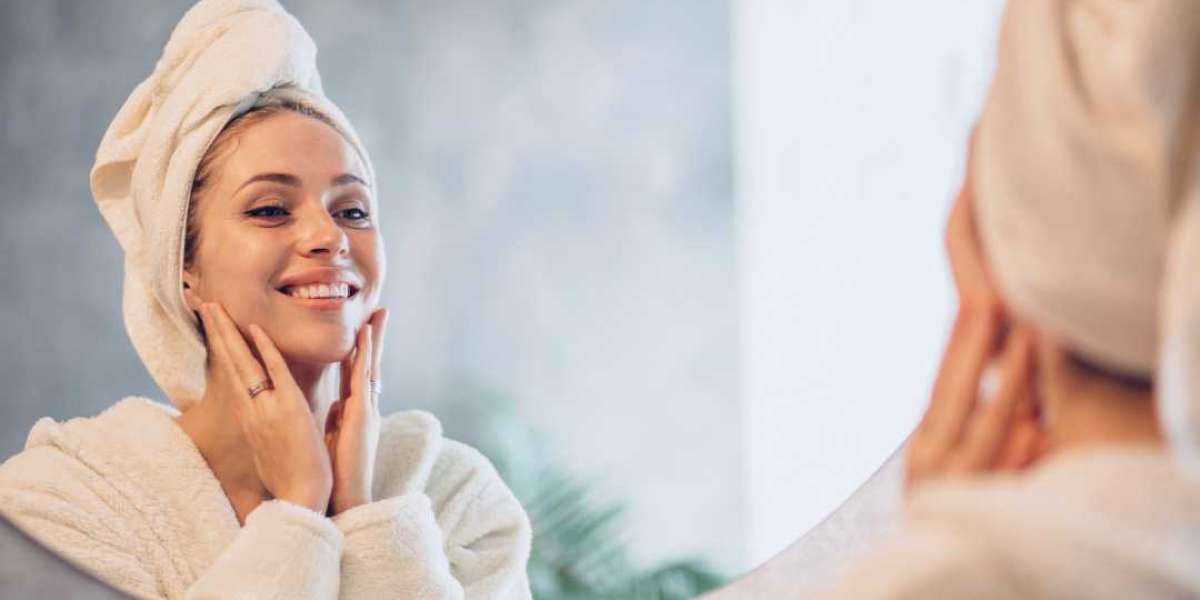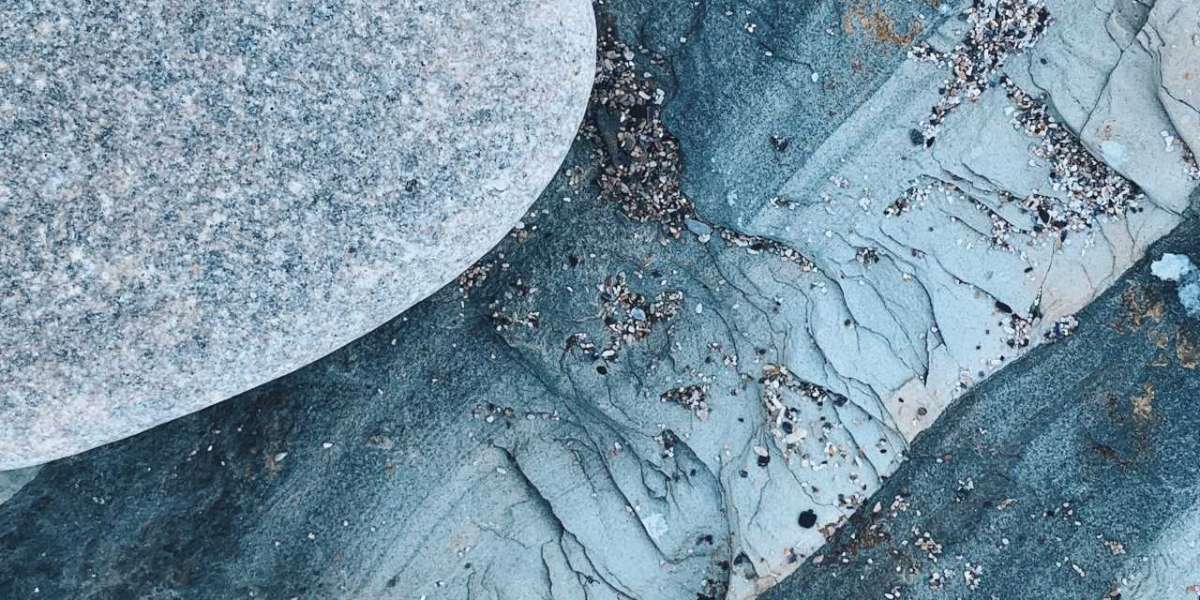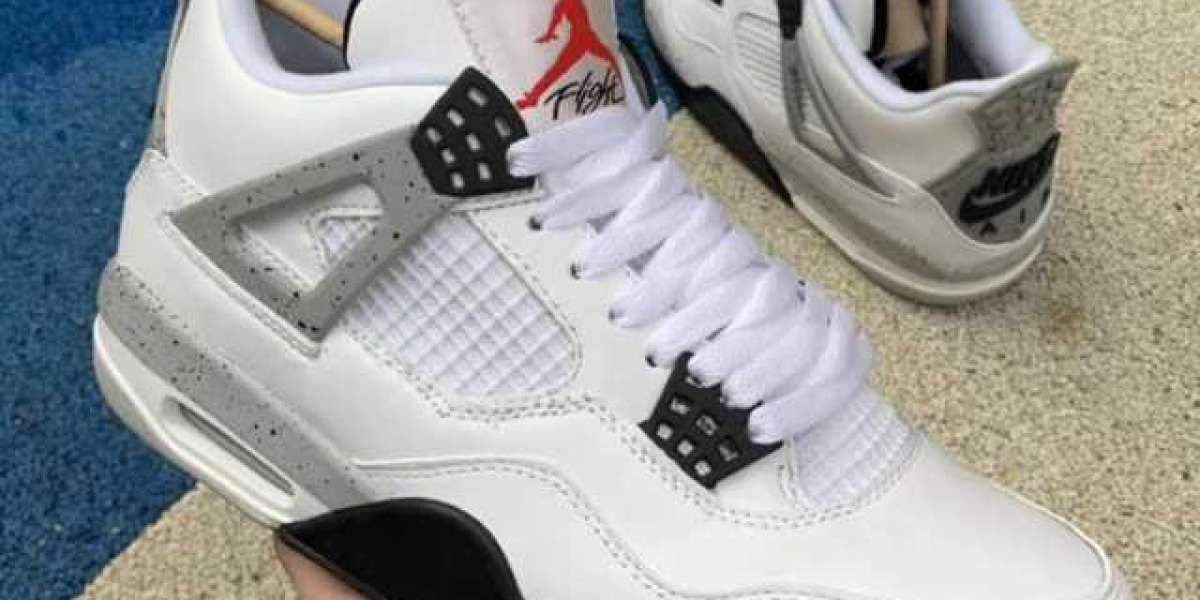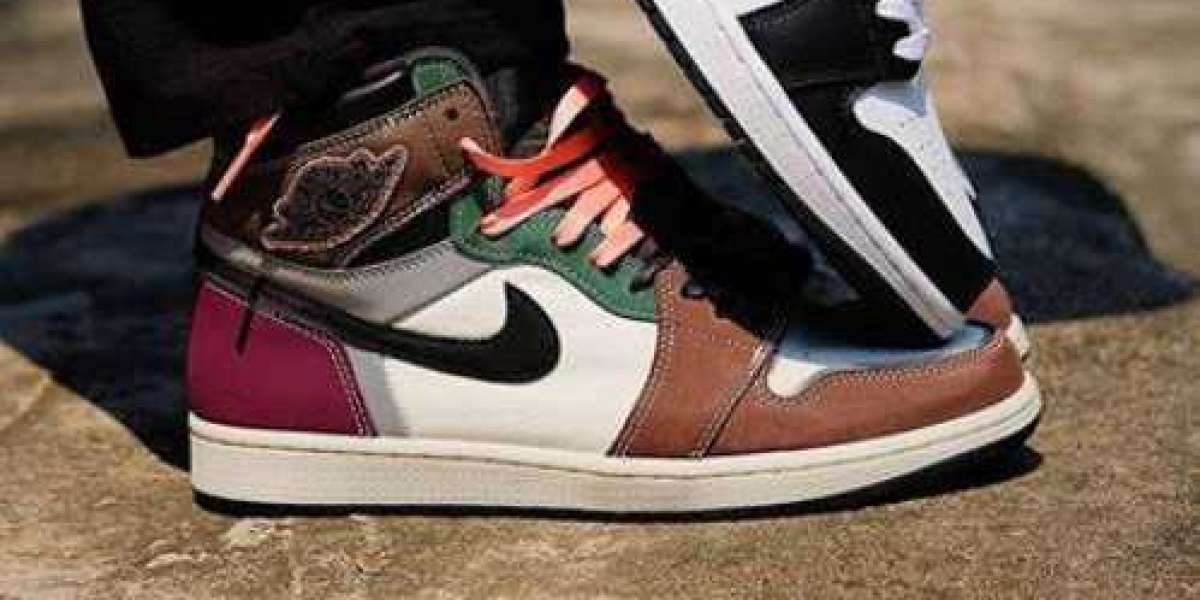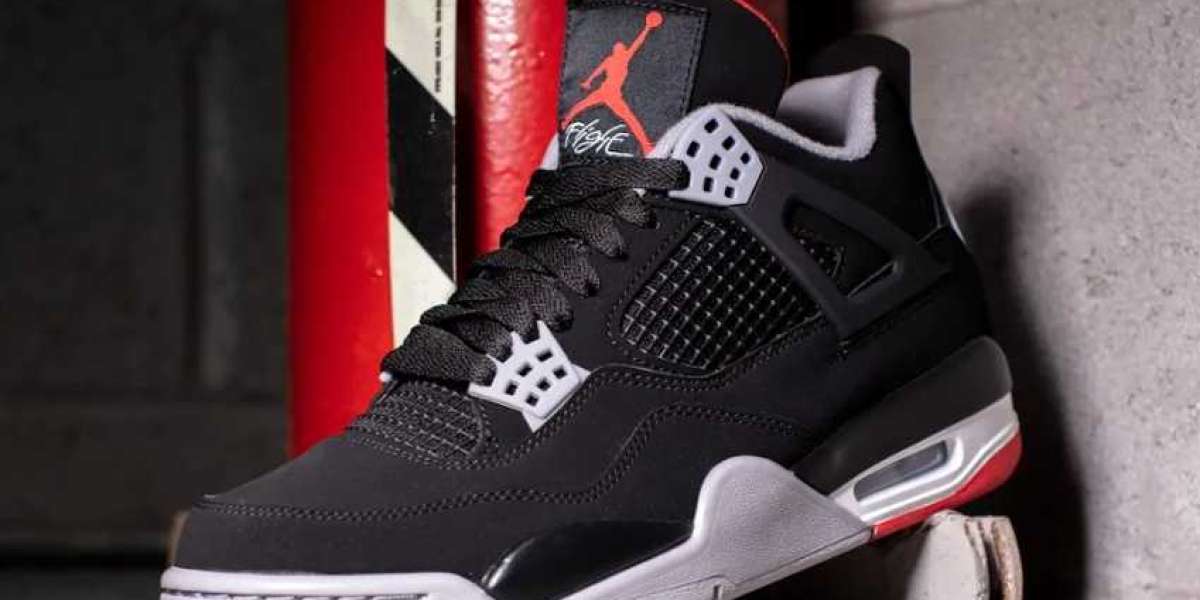Keep Your Skin Clean: Wash your face twice a day with a gentle cleanser. Avoid scrubbing too hard or using harsh products, as this can irritate your skin and worsen acne.
Use Non-Comedogenic Products: Choose skincare and makeup products labeled as non-comedogenic, meaning they won't clog pores. This helps prevent new breakouts.
Avoid Touching Your Face: Touching your face can transfer dirt, oil, and bacteria, which can worsen acne. Try to keep your hands away from your face as much as possible.
Moisturize: Even if you have oily skin, moisturizing is important to keep your skin hydrated and balanced. Look for oil-free or non-comedogenic moisturizers.
Use Over-the-Counter Treatments: Products containing ingredients like benzoyl peroxide, salicylic acid, or sulfur can help to dry out acne and reduce inflammation. Use them as directed, and be patient as it may take a few weeks to see results.
Spot Treatments: For individual pimples, spot treatments containing benzoyl peroxide or salicylic acid can help to reduce their size and redness overnight.
Maintain a Healthy Diet: Eat a balanced diet rich in fruits, vegetables, whole grains, and lean proteins. Limit sugary and processed foods, as they may contribute to acne.
Stay Hydrated: Drink plenty of water throughout the day to keep your skin hydrated and healthy.
Manage Stress: Stress can trigger hormonal changes that may lead to acne. Practice stress-reduction techniques such as deep breathing, meditation, or exercise.
Don't Pick or Pop Pimples: It can be tempting, but picking or popping pimples can lead to scarring and further inflammation. Let them heal naturally or use proper acne treatment.
If your acne persists or is severe, it's best to consult a dermatologist. They can recommend personalized treatment options such as prescription medications, oral contraceptives (for females), or procedures like chemical peels or laser therapy.
Understanding Acne Formation:
- Acne typically forms due to the combination of factors including excess sebum production, bacterial colonization (particularly by Propionibacterium acnes), inflammation, and follicular hyperkeratinization.
- Sebaceous glands produce sebum, an oily substance that can block hair follicles when overproduced. This leads to the formation of comedones (blackheads and whiteheads).
- P. acnes bacteria thrive in these blocked follicles, leading to further inflammation and the formation of inflammatory acne lesions such as papules, pustules, nodules, and cysts.
Topical Treatments:
- Benzoyl Peroxide (BPO): This compound exhibits antimicrobial properties, reducing P. acnes proliferation. Additionally, BPO has keratolytic effects, helping to unclog pores by exfoliating dead skin cells.
- Salicylic Acid: A beta hydroxy acid (BHA), salicylic acid penetrates pores and exfoliates the follicular lining, preventing the formation of comedones.
- Retinoids: Topical retinoids, such as tretinoin, adapalene, and tazarotene, promote cell turnover and prevent the formation of new comedones. They also possess anti-inflammatory properties.
- Topical Antibiotics: Antibiotics like clindamycin and erythromycin can be used topically to reduce bacterial colonization and inflammation.
Oral Medications:
- Oral Antibiotics: Oral antibiotics like doxycycline, minocycline, and tetracycline are prescribed for moderate to severe inflammatory acne. They work by targeting P. acnes bacteria and reducing inflammation.
- Oral Contraceptives: For females, oral contraceptives containing estrogen and progestin can help regulate hormone levels, reducing sebum production and improving acne.
- Isotretinoin: Isotretinoin, a potent oral retinoid, is reserved for severe, treatment-resistant acne. It effectively reduces sebum production, inhibits P. acnes growth, and normalizes follicular keratinization.
Procedural Treatments:
- Chemical Peels: Chemical peels containing ingredients like glycolic acid or salicylic acid exfoliate the skin, unclog pores, and reduce acne lesions.
- Microdermabrasion: This procedure involves exfoliating the skin with a diamond-tipped wand, helping to remove dead skin cells and reduce acne.
- Laser and Light Therapies: Various laser and light-based therapies, such as IPL (Intense Pulsed Light) and blue light therapy, target P. acnes bacteria and reduce inflammation.
Combination Therapy:
- Often, a combination of topical, oral, and procedural treatments is necessary for optimal acne management. Combining treatments with different mechanisms of action can target multiple aspects of acne formation simultaneously, leading to better outcomes.
Preventive Measures:
- Maintaining a consistent skincare routine, avoiding comedogenic products, and adopting a healthy lifestyle with a balanced diet and stress management techniques can help prevent acne flare-ups.
Consultation with a Dermatologist:
- For severe or persistent acne, consulting a dermatologist is essential. They can provide personalized treatment plans tailored to your specific type and severity of acne, ensuring the most effective and efficient management.
